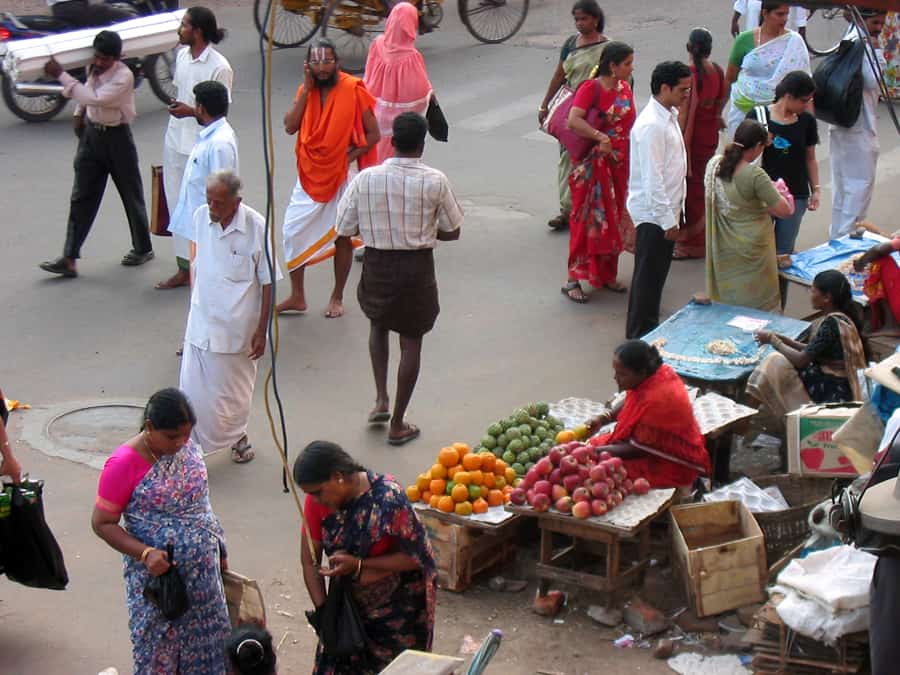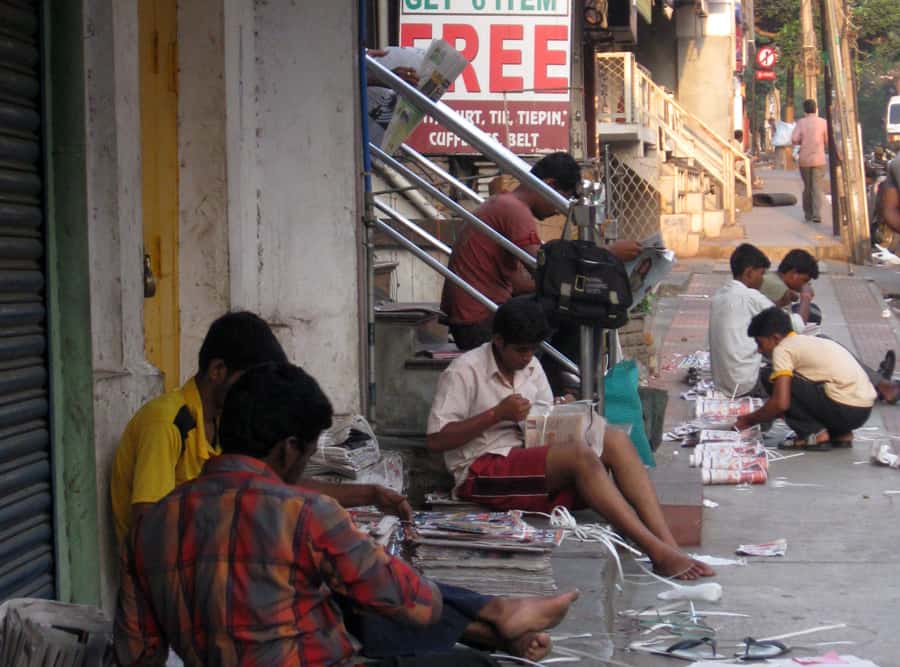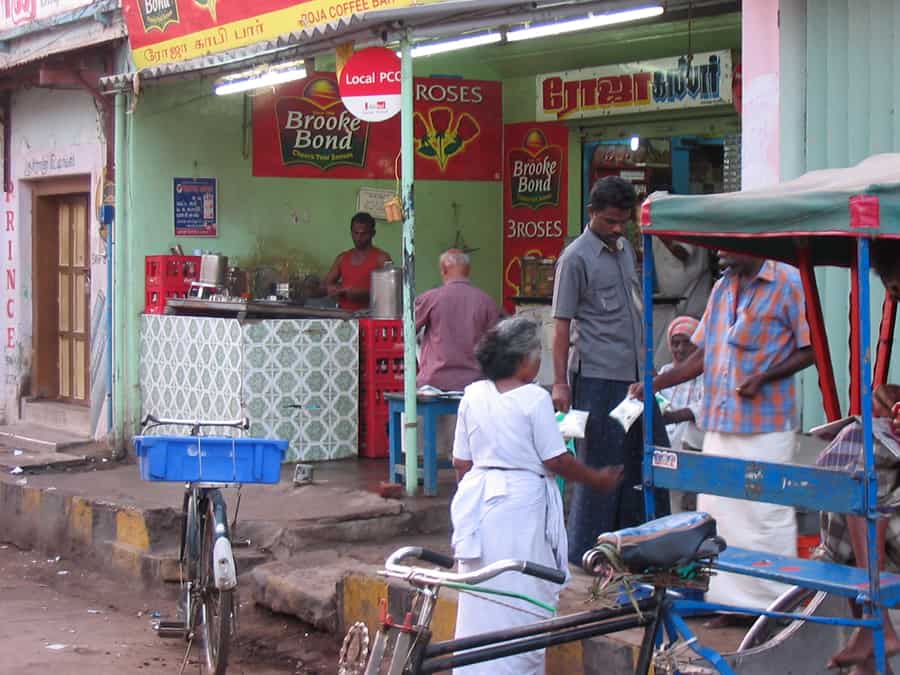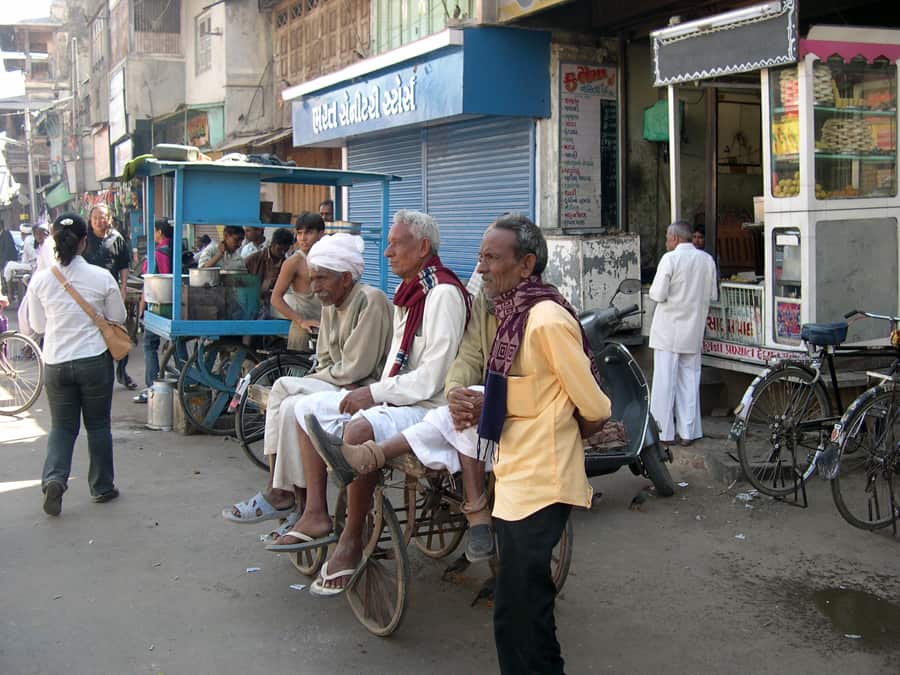A few months ago when I started writing this blog, I wanted to call it Everyday City and had tried to put down as simple a blog description as I could. I had said it was about ‘observing how the everyday life of the city influences its urban spaces’.
Today, I want to go a bit further on this. To begin with, what is meant by ‘everyday life’? In a workshop on Urban Studies that I attended last week, we were told that to think deeper about a research question, one could explore it in terms of ‘contrast’. So, if one were to apply here the idea of ‘contrast’ what was the contrast to ‘everyday’, was it simply the ‘not-so-everyday’ in the way that the contrast to ordinary might be the ‘not-so-ordinary’ or the ‘extraordinary’?
Or, did the meaning of ‘everyday’ lie within the realm of time? Was then the contrast to ‘everyday’, the once-a-week or weekly, the once-a-month or monthly or the once-a-year or yearly? Or, was the contrast to the everyday, the ‘episodic’ as Neema Kudva had pointed out in her paper ‘The Everyday and the Episodic’ where she had suggested that unplanned spaces often derived from everyday resistance and from episodes of open protest and violence.
We do know that the episodic act in a public space attracts our attention. An everyday act usually goes unnoticed. Somehow, the everyday is taken for granted. Perhaps, it is for this reason that we must make a conscious effort to look and to SEE the phenomena that come together to make this everyday life. To look closely at something, to focus on it for some time is to understand its innate behaviour and how it can influence that which surrounds it or that which intersects with it. It is like zooming into something really close, before you move on to the next thing.
For instance, sometimes you get to watch a film that was earlier written as a book. If you had read the book ‘Life of Pi’ and then watched the film, you may say that the book was a richer experiencce because the book described every detail so vividly. It isn’t that the film doesn’t. It is just that in the book, you read the descriptions one at a time and in the film, much of the detailed description comes onto the screen in a single moment. It is also a vivid, captivating description but not one which allows you to pause, to reflect, to absorb one step at a time.
So, to observe the ‘everyday life’ is to see every performance in isolation for just a little while and to reflect upon how it occurs and how it ‘transforms the urban space’ where it was enacted. And, what about the transformations in urban space? Why do we need to know if the urban space is constant or changing? If it is constant, it remains familiar. If it changes, it takes more effort to manoeuvre through. The urban space may be filled with acts of consumption and acts of production. Should we pause to understand, to analyse? Or, should we just walk on with the knowledge that ‘change is constant’?

Fig1: a Street corner in Georgetown, Chennai
In the context of the city, every individual or collective act of the people who use the urban space would tell us something more about it. For instance, one finds that in a Street in Georgetown (Fig 1), there are different people engaged in different activities – there is a woman vendor selling fruits, another woman vendor stringing jasmine flowers, two women who are involved in a purchase, an old man walking and a Priest in saffron clothes who is talking into his cellphone. There seems to be no designated path for the walker nor an ordered zone for the vendor. It is what has been referred to as Loose Space (Franck & Stevens, 2006) in Urban design theory – a space that is unpredictable. They suggest that the urban conditions that support looseness are free access to public spaces, anonymity amongst strangers, a diversity of persons and a fluidity of meaning.

Fig 2: A morning at Basavanagudi in Bangalore, as the newspaper sorting and distribution fills the urban space
In Fig 2, we notice that a morning at Basavanagudi has vendors sorting the newspaper bundles for distribution. Is it possible for the city to assign to these vendors an alternative space or is it simply ‘not necessary’? Do we subconsciously prioritise the use of our public spaces that we must all share in a way that we maximise its potential – making some acts ‘necessary’ and others not? On the other hand, must our urban spaces absorb the everyday life of the people without it being a conscious plan? An old lady in Madurai (Fig 3) stops to pick up a packet of milk from a vendor – an activity limited to the morning hours and that will not repeat itself again over the day, but will reappear the next day at the same time. Is the milk vendor likely to move his location next week or next month? How do we ensure that an urban space works efficiently if we do not plan the tasks it must do?

Fig 3: an Early morning on the streets of Madurai

Fig 4: A street in Patan, Gujarat
In Patan (Fig 4) a chai stall attracts customers and as the street space fills with people drinking chai, a short pause in the day, not so far away, a group of elderly people use the same street space for a longer pause – their time for exchanging thoughts and reflections on the everyday life. Why do they use a pushcart as a place to gather? There are these small acts and there are the small reasons why they occur that bring up some questions. Some we have answers for but not all, but they do tell us something we didnot know before. It is for this continual learning experience that one may want to just observe the everyday life of the city and to reflect upon it.